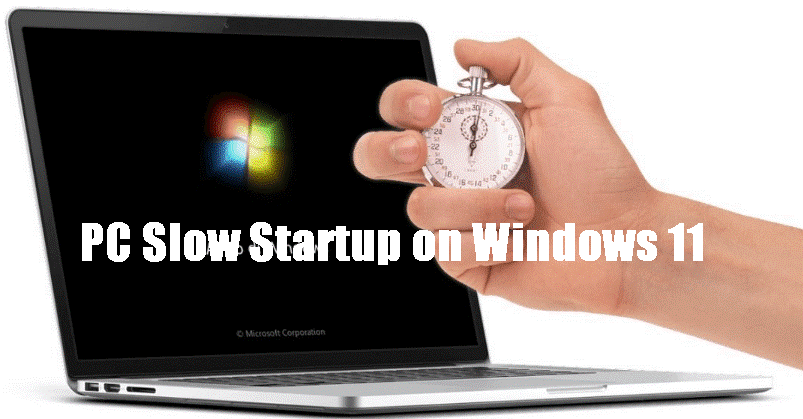Understanding the Causes of Slow Startup
Slow startup can be attributed to various factors, and it is crucial to identify the root causes before implementing any solutions. Common culprits include software conflicts, excessive startup programs, and underlying hardware-related issues. By understanding these causes, you can take targeted steps to address the specific issues affecting your PC's boot time.
Diagnostic Steps and Tools
Windows 11 provides built-in tools that can help diagnose and troubleshoot slow startup problems. Utilizing tools such as Task Manager, Event Viewer, and Performance Monitor can provide valuable insights into the processes and services impacting your system's boot time. This section will guide you through the process of using these tools effectively to identify and analyze the factors contributing to slow startup.
Optimizing Windows 11 Startup
One effective approach to speeding up startup in Windows 11 is by disabling unnecessary startup programs and services. This section will provide step-by-step instructions on managing startup programs using Task Manager and third-party tools. By selectively disabling programs with high startup impact, you can streamline the boot process and significantly reduce the time it takes for your PC to become operational.
Updating Drivers and Software
Outdated drivers and software can also contribute to slow startup times. Keeping your drivers up to date is crucial for optimal system performance. This section will guide you on using Windows Update and manufacturer websites to ensure that your drivers and software are current. By installing the latest updates, you can address compatibility issues and improve overall system stability and boot time.
Advanced Solutions for Slow Startup
For more advanced users, this section explores additional solutions to address slow startup in Windows 11. It covers analyzing boot times using Windows Performance Analyzer and delves into resolving hardware-related issues, including BIOS settings and driver conflicts. By implementing these advanced solutions, you can further optimize your system's boot process and maximize performance.
Use AOMEI Cyber Backup for Advanced Windows System Protection
AOMEI Cyber Backup is a powerful and versatile backup software that offers advanced features to protect your Windows system effectively. Whether you want to safeguard your operating system against potential failures or ensure quick recovery in case of unexpected events, AOMEI Cyber Backup provides comprehensive solutions. Here's how you can utilize AOMEI Cyber Backup for advanced Windows system protection:
To use AOMEI Cyber Backup for advanced Windows system protection, follow these concise steps:
- Download and install AOMEI Cyber Backup on your Windows system.
- Launch AOMEI Cyber Backup and click on the "Backup" tab.
- Select "System Backup" to create a full system backup, capturing the entire operating system, applications, settings, and data.
- Choose the destination location to store the backup, such as a local drive, external storage, network location, or cloud storage service.
- Configure backup settings, including encryption and password protection, compression, and splitting options.
- Click on the "Start Backup" button to initiate the system backup process.
- Set up a backup schedule to automate regular backups for continuous system protection.
- Create bootable media using AOMEI Cyber Backup to have a recovery environment in case your system becomes unbootable.
- In the event of system failures or disasters, use AOMEI Cyber Backup to restore your Windows system from a backup image.
- Utilize the Universal Restore feature if needed to restore your system to different hardware configurations.
- Regularly monitor and update your backups to ensure the latest system protection.
Conclusion
In conclusion, slow startup in Windows 11 can be a frustrating issue, impacting both productivity and user experience. However, by following the steps outlined in this guide, you can effectively troubleshoot and resolve slow startup problems. Remember to diagnose the causes, optimize startup programs, update drivers and software, and explore advanced solutions if needed. Regular maintenance and optimization are key to ensuring optimal PC performance and a smooth boot experience in Windows 11.




